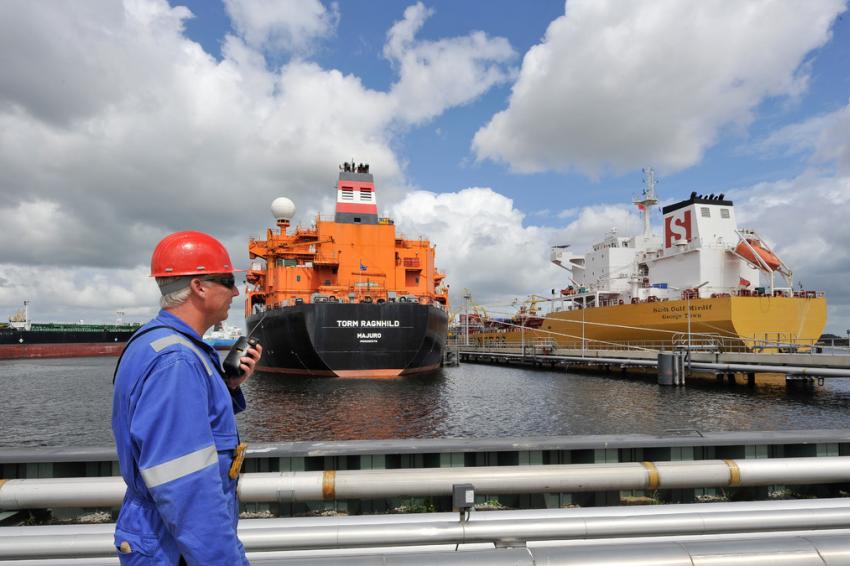Nouryon, Tata Steel Study Green Hydrogen
26.10.2018 -
Nouryon, formerly AkzoNobel Specialty Chemicals, is joining major steel manufacturer Tata Steel and the Port of Amsterdam to study the feasibility of establishing a green hydrogen cluster in the Amsterdam region.
In a first step, the partners will study the feasibility of building a 100 megawatt water electrolysis facility to produce up to 15,000 t/y of hydrogen as well as oxygen at Tata Steel’s site in Ijmuiden, near Amsterdam. A final investment decision is expected in 2021.
By using renewable electricity, the initial unit will enable an annual saving of up to 350,000 t of CO2, equivalent to the emissions of more than 40,000 households. The companies said they intend to further scale up the technology.
Nouryon will operate the facility, while Tata Steel will use the oxygen to further enhance the sustainability of its production processes. The parties will also jointly explore different routes to use hydrogen for turning steel mill emissions into useful chemicals and products.
The Port of Amsterdam will focus on the infrastructure for further distribution of green hydrogen, which will be the basis for developing new industries and zero-emission transport in the local area.
“This partnership builds on our existing initiatives to support the development of a sustainable chemical industry,” said Knut Schwalenberg, Nouryon’s managing director industrial chemicals. “Green hydrogen is a realistic alternative for fossil-based raw materials and enables new forms of green chemistry, such as using steel mill gas, CO2 or waste to make plastics and move to new, circular value chains.”
Hans Fischer, CEO of Tata Steel Europe, added that the project could be a stepping stone to becoming a CO2 neutral steel producer.
For the Port of Amsterdam, CEO Koen Overtoom said the large-scale green hydrogen production would enable the Amsterdam-North Sea canal region to leap forward to achieving a climate neutral circular industry, supporting its ambition towards synthetic fuels and kerosene and emission-free mobility.
The recently presented Dutch Climate Law sets an ambitious CO2 reduction target of 49% by 2030 compared to 1990 and a 95% cut by 2050, with a carbon neutral electricity system.





